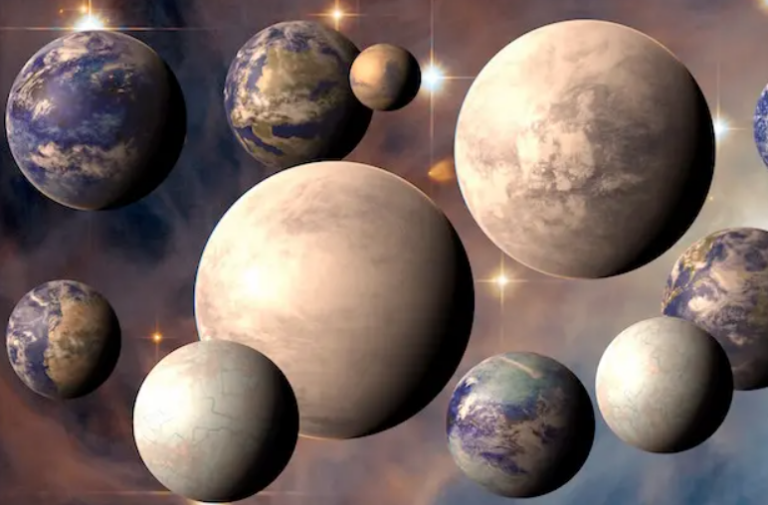Discovery of Hundreds of New Exoplanets Brings Total to Over 4,800
With new computer programs and that new telescope, this number is going to look like 0 next to what we’ll have in 10 years.
This week, NASA reported it identified 301 new, additional exoplanets, all of which added greatly to the numbers of distant worlds. This rapid increase was made possible by ExoMiner, an AI tool that is dedicated for analyzing big data from space telescopes including Kepler. Better still, ExoMiner outperforms humans by pinpointing actual planets and, therefore, leaves very little room for what might be considered noise. Majority of the new exoplanets that have been confirmed are similar to gaseous and Neptunian planets or planetary bodies, and only a few are like the earth. Transit method is till date the most popular method used for detecting the exoplanets along with radial velocity, microlensing, and direct imaging methods although the last one is very rare as this method is very complicated.
An increase in the number of new exoplanets discovered and confirmed by astronomers and specifically by NASA made a huge difference in identify big number of already distant planets.
These 301 new exoplanets are much from the previous total of 4,569 exoplanets discovered by astronomers.
The identification of such large number of exoplanets has been made easier by a particular software used in identification of planets outside our solar system.
Whenever astronomers discover a candidate exoplanet, then there is need to undertake more observation to ascertain whether it is indeed a new planet or a false positive result.
Globalization creates the fact that the amount of work is enormous, and there is much data to analyse. The scientific instruments on board the NASA spacecraft such as Kepler that is used to detect planets by observing stars can get thousands of stars in their view at any one time according to the JPL.
It is very tedious when one has to do all this data analysis manually.
To counter this issue, the researchers used ExoMiner which works on NASA’s Pleiades supercomputer which solves it. They can be clearly separated, so ExoMiner is able to clearly distinguish planets from non-planets.
ExoMiner was employed by the NASA scientists and the university researchers to carry out analysis from an archive of potential but unconfirmed exoplanets. Later the AI analysis of the ExoMiner confirmed the existence of 301 more planets.
The project lead, and the machine learning manager for NASA’s Ames Research Center in California, Hamed Valizadegan, pointed out that this capability made ExoMiner particularly effective at planet detection. As a result of the obvious biases in human labeling, ExoMiner is highly accurate and, at times, even more accurate than both the currently available machine classifiers and the human annotators the method strives to emulate.
All the observations made by ExoMiner are outlined in a study that awaits publication in the Astrophysical Journal.
There are several techniques which are employed by scientist towards the identification of exoplanets. The most practiced today is called the transit photometry, or the transit method, where astronomers look for stars which may momentarily disappear.
If the light of a star decreases then it could mean that a planet is in front of the star and is therefore blocking some or all of light from the star.
Other detection techniques are radial velocity, which is a measure of the star’s motion due to the planet’s orbit; microlensing which estimates how much the light from the star is bent by the gravity of the planet; direct imaging, which is take a photograph of the planet. For direct imaging it is challenging, and even now only slightly more than 1% of the sourced exoplanets have been verified through this method.
Further, JPL noted that none of the classified newly found planets falls under the line of an Earth-like planet. In fact, the majority of the identified exoplanets belong to two broad categories of gas giants or what is referred to as Neptune like planets.
But, only a few of such exoplanets are likely to be terrestrial, that is, rocky like our home planet.
Do not forget to share your opinion with us to provide you with the best posts !




0 Comments